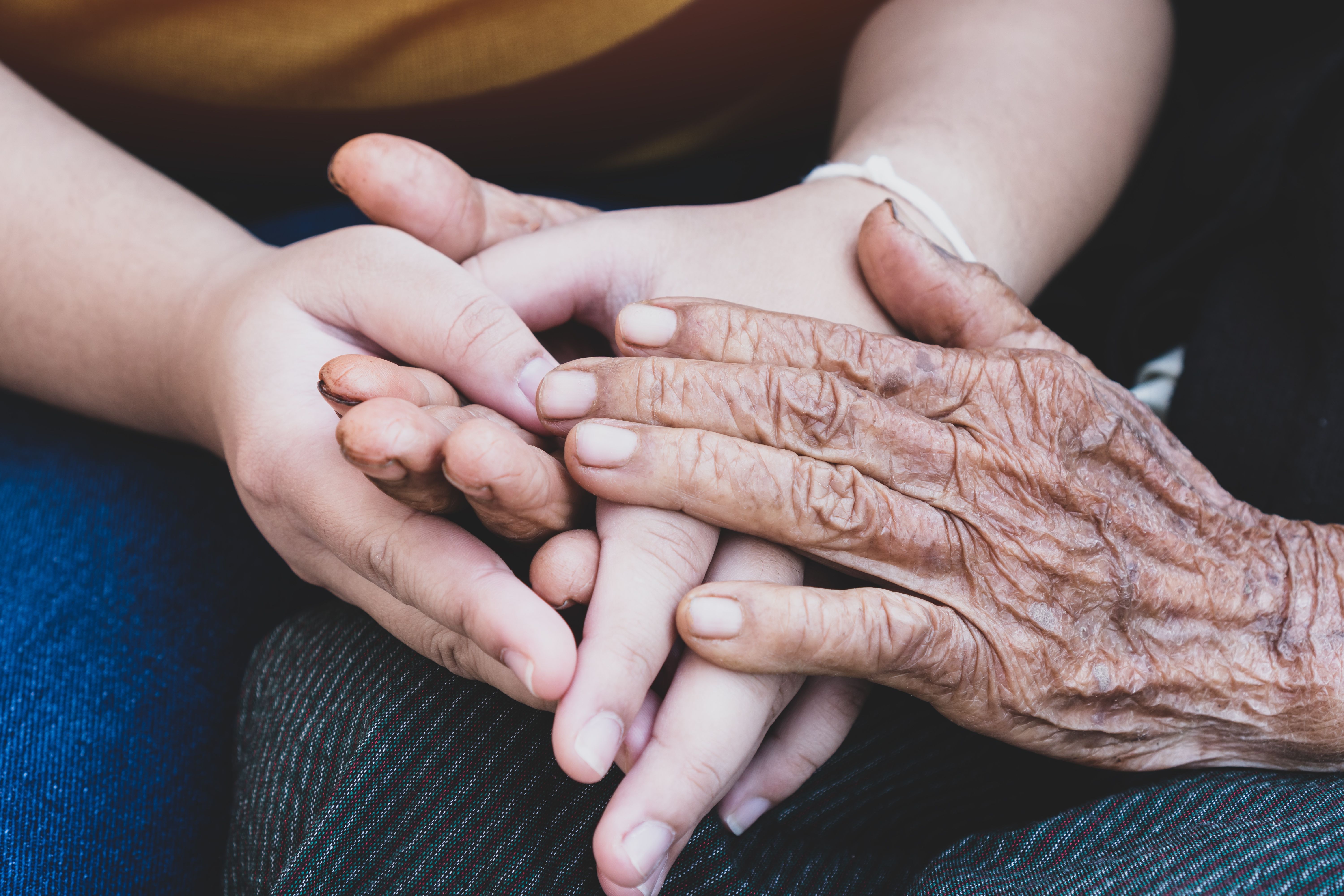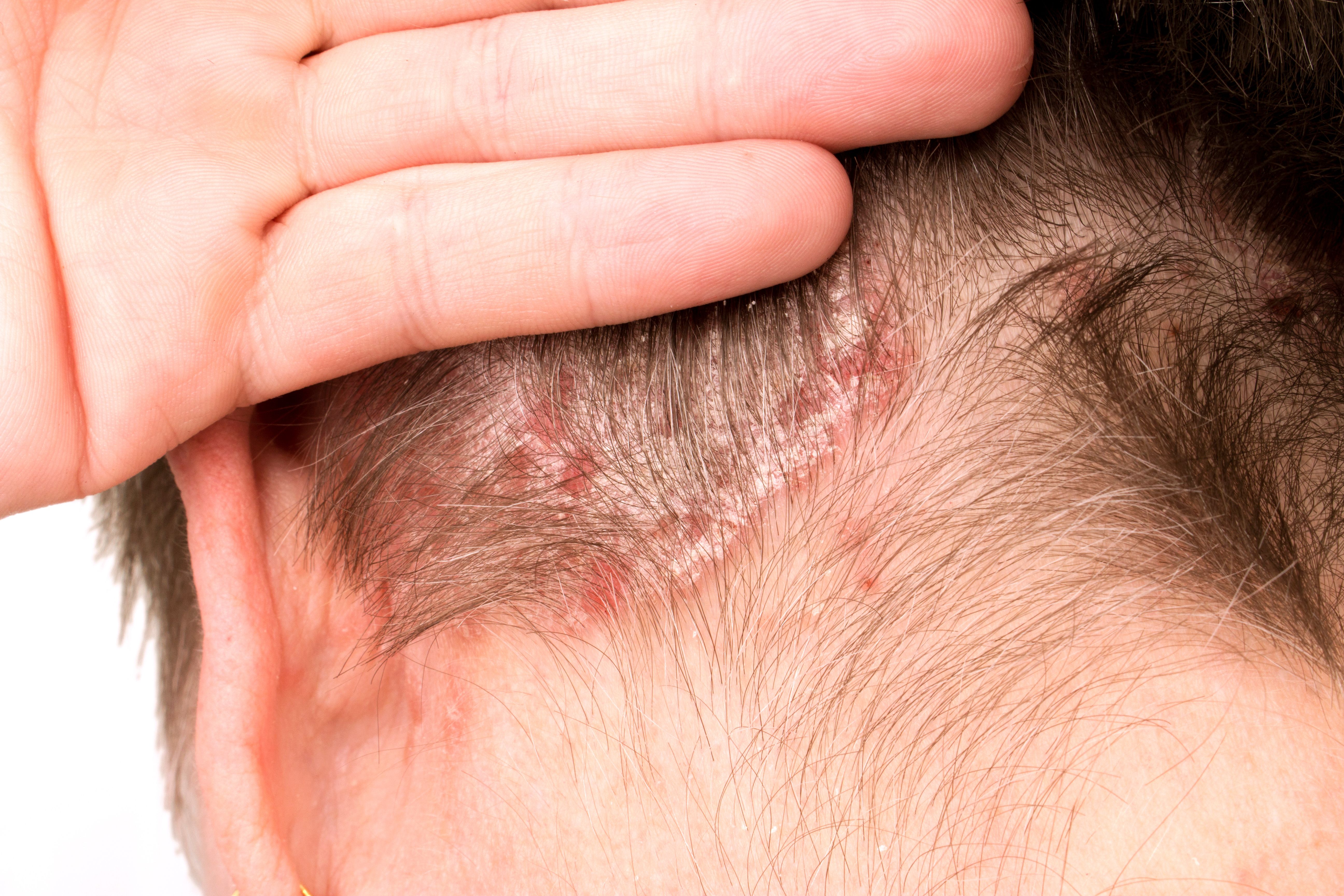Article
Study Summary: DECIDE
BACKGROUND
In patients with postmenopausal osteoporosis, a disorder marked by impairments in bone mass, strength, and structure, the goal of treatment is to rebuild bone mass by influencing bone remodeling.1 Bisphosphonates are the most widely used class of drugs for treating patients with osteoporosis. These agents work to increase bone mineral density (BMD) and decrease fracture risk by binding to the mineral surfaces in bone and inhibiting the resorption of bone by osteoclasts.1
Denosumab, a human monoclonal antibody, provides an alternative therapy for postmenopausal osteoporosis. Like bisphosphonates, denosumab targets osteoclastic bone resorption, but achieves this in a different way. Its novel mechanism of action involves binding to and blocking RANKL (the RANK ligand), which regulates osteoclast function, thereby increasing BMD and reducing bone turnover.1
In the 12-month, phase 3, double-blind, double-dummy, noninferiority DECIDE (Determining Efficacy: Comparison of Initiating Denosumab versus Alendronate) trial, Brown and colleagues compared the efficacy and safety of denosumab with alendronate in postmenopausal women with a low T-score (indicating low BMD).1
STUDY DESIGN
DECIDE was conducted at 86 sites in Western Europe, North and South America, and Australia from April 2006 to December 2007.1 Patients enrolled in the study were postmenopausal women with a T-score of —2 or less at the total hip or lumbar spine based on a dual-energy x-ray absorptiometry scan.1
Exclusion criteria for patients included the following: if they had previously received intravenous bisphosphonates, fluoride, or strontium or if they had used medications known to have bone activity in the 3 months before randomization; if they had renal dysfunction, any disease that affected bone metabolism, most forms of cancer, or contraindications to alendronate; and concurrent enrollment in another drug trial.1
Patients were randomized 1:1 to receive either subcutaneous (SC) injections of denosumab (60 mg) every 6 months plus oral placebo once weekly or oral alendronate (70 mg) once weekly plus SC injections of placebo every 6 months. All patients also received daily oral calcium and vitamin D supplements.1
The study’s primary endpoint was the percentage change in BMD at the total hip from baseline to month 12. Key secondary endpoints included the percentage change in BMD at the femoral neck, trochanter, lumbar spine, and one-third radius from baseline to month 12. The serum levels of 2 bone turnover markers (BTMs), serum C-telopeptide (sCTX1), and intact procollagen type 1 N-terminal propeptide (P1NP) were also measured at different timepoints during the study.1
RESULTS
The study included 1189 postmenopausal women, with 594 patients randomized to receive SC denosumab (60 mg) every 6 months and oral placebo once weekly and 595 patients randomized to receive oral alendronate (70 mg) once weekly and SC placebo every 6 months.1
The baseline features were similar among women in both treatment groups (Table 1).1 Patients had a mean age of 64 years. Half of the study subjects reported a history of fracture, and of these fractures, approximately 40.5% were osteoporosis related. T-scores at the total hip and lumbar spine, in addition to BTM levels, were also similar between the 2 groups. About 12% of patients reported previous oral bisphosphonate therapy, with a median duration of use of 7 months.1
At 12 months, the increases in BMD were significantly greater at all measured skeletal sites for patients in the denosumab group compared with those in the alendronate group (Table 2).1
With regard to the primary endpoint, denosumab treatment led to a significantly greater increase in BMD at the total hip from baseline to month 12 compared with alendronate treatment (3.5% vs 2.6%; P <.0001), with a treatment difference of 1% (95% CI, 0.7%-1.2%).1
The denosumab group also showed significantly greater increases in BMD at 12 months at all other measured skeletal sites, with treatment differences of 0.6% at the femoral neck, 1.0% at the trochanter, and 1.1% at the lumbar spine.1
In addition, the study results demonstrated that denosumab treatment led to greater improvements in BTMs compared with alendronate treatment. Significantly greater median percentage decreases from baseline in the levels of sCTX1 were observed at months 1, 3, 6, and 9 (P ≤.0001 for all timepoints). However, there was no significant difference in the median decrease in sCTX1 between the 2 groups observed at month 12 (P = .52).1 In addition, denosumab treatment resulted in greater median percentage decreases from baseline in serum levels of P1NP, and the differences were significant at months 1, 3, 6, 9, and 12 (P ≤.0001 for all timepoints).1
According to Brown and colleagues, there was no significant difference between the denosumab and alendronate groups in the rates of adverse events (AEs).1 A comparison of the treatment groups revealed that the overall incidence of all AEs (80.9% vs 82.3%, respectively; P = .60), serious AEs (5.7% vs 6.3%; P = .71), neoplasms (3.5% vs 2.6%; P = .40), and osteoporotic fractures (3.0% vs 2.2%; P = .37) was similar between the 2 groups.1
Types and rates of infections were comparable in the denosumab group versus the alendronate group (37.3% vs 35.3%; P = .51), and those most commonly reported were nasopharyngitis (7.6% vs 7.3%, respectively), influenza (6.9% vs 7.2%), and upper respiratory tract infection (6.1% vs 4.4%). The most frequently reported serious AEs were diverticulitis (3 cases for denosumab vs zero for alendronate) and pneumonia (1 vs 3, respectively).1 Finally, the rates of treatment-related AEs were also similar in both groups (17.0% for denosumab vs 18.3% for alendronate; P = .59).1
Only 2 patients died during the study: One patient in the denosumab group died as a result of cardiorespiratory arrest and 1patient in the alendronate group died as a result of a metastatic neoplasm. The study investigators did not consider these deaths to be treatment related.1
CONCLUSIONS
This head-to-head, randomized, double-blinded, phase 3 clinical trial comparing denosumab with alendronate demonstrated that postmenopausal women with low BMD who received denosumab experienced statistically significantly greater increases in BMD and reductions in markers of bone resorption than patients who received alendronate, with a similar incidence of AEs among the 2 groups.1
Although both denosumab and alendronate target osteoclastic bone resorption, the researchers suggested that the increased ability of denosumab to improve BMD at all skeletal sites measured might be due to its unique mechanism of action in blocking RANKL.1
Brown and colleagues also observed that the failure to identify a statistically significant difference in AEs and serious AEs between the 2 groups was interesting. They emphasized that this was particularly important with respect to the rates of infections and neoplasms because cells in the immune system also express RANKL, which is the intended target of denosumab.1
Reference
1. Brown JP, Prince RL, Deal C, et al. Comparison of the effect of denosumab and alendronate on BMD and biochemical markers of bone turnover in postmenopausal women with low bone mass: a randomized, blinded, phase 3 trial. J Bone Miner Res. 2009;24(1):153-161. doi: 10.1359/jbmr.080901.





